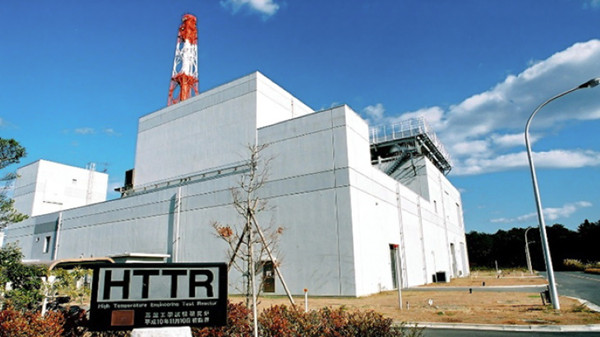Japan Atomic Energy Agency (JAEA) has on June 3 received permission from the Nuclear Regulation Authority (NRA) to make changes to the reactor installation of the High-Temperature Test Reactor (HTTR) in conformity with revised safety requirements. This marks the first time a restart permission has been granted for a Japanese gas-cooled reactor.

The HTTR reactor (Image: JAEA)
The HTTR - in Oarai, Ibaraki Prefecture - is a small prototype gas-cooled reactor. The 30 MWt graphite-moderated helium gas-cooled reactor achieved first criticality in November 1998. JAEA plans to construct a hydrogen production system linked to the HTTR, which has been idle since February 2011, when it was taken offline for planned inspections.
Revised regulations were announced by the NRA in July 2013, which must be met before reactors can receive permission to restart. These set out requirements for plants to be able to respond to a variety of natural phenomena as well as establish new measures to mitigate the effects of severe accidents, such as reactor core damage caused by beyond design basis events. JAEA applied to the NRA in November 2014 for inspections to verify whether measures taken at the HTTR met the new safety standards.
"The safety review by the NRA against the new regulatory requirements has confirmed that no fuel damage would occur even in the event of a beyond design basis accident such as multiple losses of reactor shutdown functions," JAEA said.
JAEA aims to work towards the early restart of the HTTR while taking measures to prevent the spread of the coronavirus. The upgrade work the NRA has approved includes the installation of systems against internal and external fire.
Researched and written by World Nuclear News